Last week, we attended the annual 2018 Metro Vancouver Zero Waste Conference, which brings together thought leaders from around the world to discuss and analyze how we can work together to green our world and reduce the waste we create. In line with this year’s Waste Reduction Week, speakers and panels centred around the current successes and future challenges of creating a circular economy, both in Canada and globally.
Read on for three (of many!) lessons we learned at this year’s 2018 Metro Vancouver Zero Waste Conference.

1. Technology and automation will help us close the loop
With the earth’s population expected to grow to 9.8 billion by 2050, we’ll have to do things more efficiently, quickly, and smartly if we want to coexist comfortably in the future while producing minimal waste.
Technology will be key when it comes to accomplishing this. For example, instead of spending hundreds of hours building a home from scratch and wasting tonnes of building materials in the process, 800 square foot homes can now be 3D printed by a machine with minimal manpower. Not only do these homes take a mere 24 hours to print, they also minimize waste by only printing out exactly what is needed in a design, versus cutting necessary components (for example, wood supports) out of a base material.
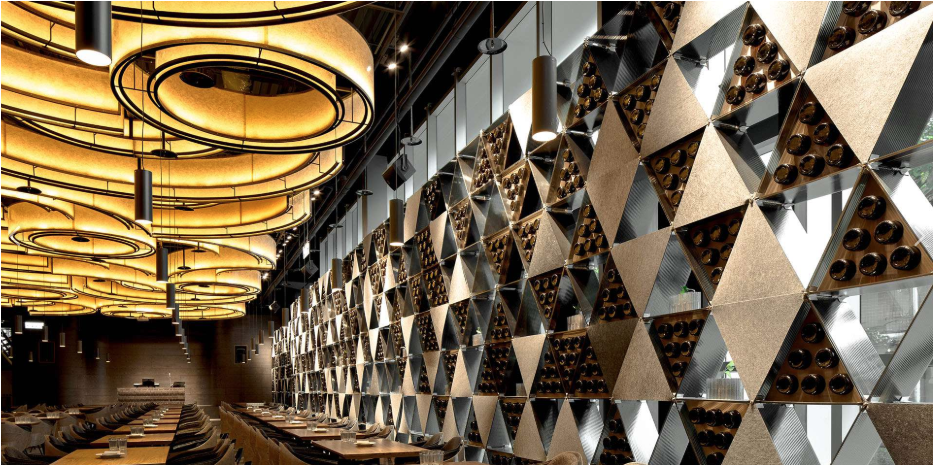
2. Repurposing our trash is the way of the future
As the old adage goes, “One man’s trash is another man’s gold.” This will become truer than ever as we transition to a circular economy—we’ll need to create new ways to reuse and repurpose commodities before they reach their end of life.
Enter: Miniwiz, a team of innovators that walks the talk when it comes to finding innovative ways to close the loop on waste. They take both consumer and industrial trash and upcycle it into non-conventional 100% recycled and re-recyclable, single component building materials. For example, Taiwanese restaurant Le Blé d’Or (pictured above) was constructed with a mix of recycled polypropylene (a plastic) injected with waste hop and wheat husks from commercial beer brewing. Another of their projects resulted in an air purifying recycled cigarette filter building material—now that’s circular thinking!
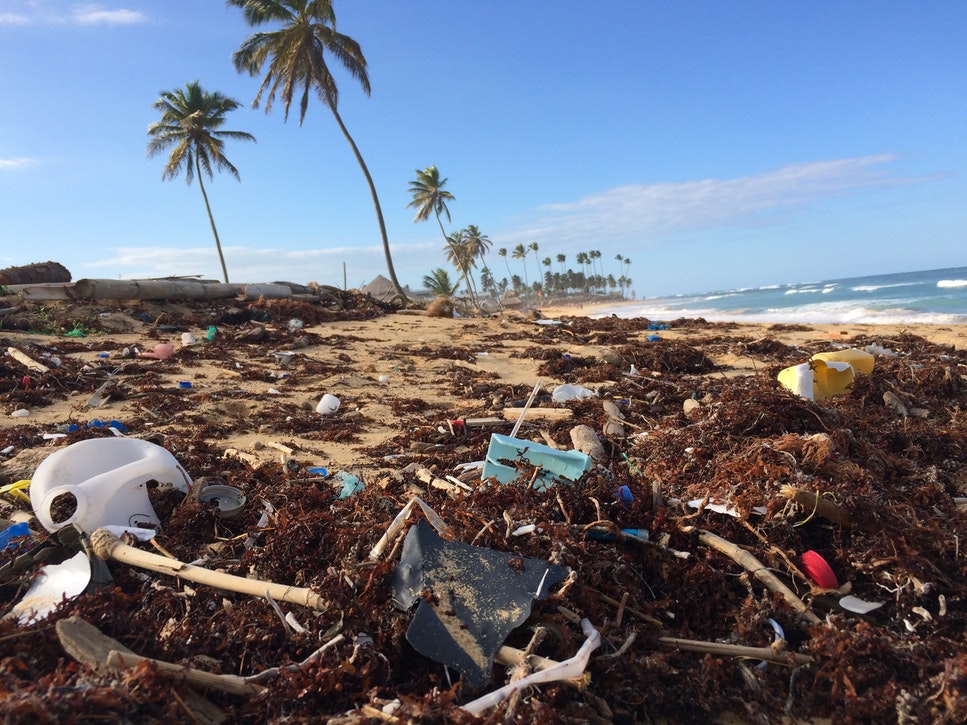
3. Research, act, repeat!
Human history has been full of discovery, learning, and taking action together to protect our planet. A great historical example of this is the groundbreaking, global ban on CFCs that slowed down the rate of ozone layer depletion in the late 1970’s. Here in Canada, people were becoming more aware of toxic substances, such as paint, entering the environment. In 1994, Product Care’s first stewardship program to recycle paint was born. Check out more details on the program on our website and find a free recycling location near you for paint, lights or smoke alarms.
More recently, microplastics in our oceans have become a hot topic in the same way. The University of Toronto’s Rochman lab has done extensive research on microplastics and their effects on freshwater environments, and more recently, human health. Though the health impacts of ingested microplastics from seafood are still uncertain, it’s reassuring to know that we are gathering concrete data about the issue and taking the necessary actions to protect our health and the health of ocean animals. For example, in July 2018 the Canadian government banned microplastics from beauty products.
Interested in joining the circular economy? Check out our blog post on how you can be part of the circular economy in your everyday life or tell us how you’ve closed the loop in your own life on Facebook, Instagram or Twitter!

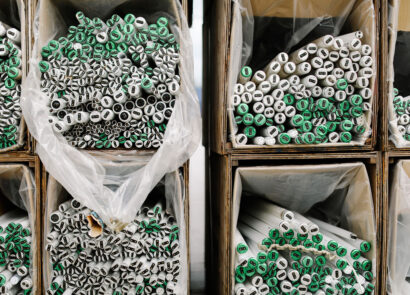
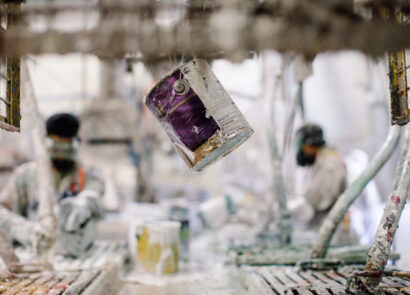
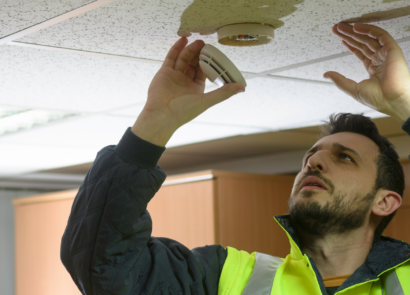
Comments